I suppose I don’t need to convince you at this point that people who do The Great Outdoors Challenge are not a representative sample of the population.
They are, however representative of a fit, ascetic, solitary (but also social) sliver of humanity that, in my experience, is enriched in the United Kingdom and Northern Europe, but not absent in the United States.
Here are a few of the people Mark Beckwith and I have met.
We spent one of the early nights at a bothy in Melgarve. It hadn’t been tarted up—and believe me, we like tarted bothies—like two we’ve seen. But it had been improved somewhat, and had two sleeping rooms upstairs, and one on the ground floor off the main room, which had a fireplace and built-in table for cooking.
It was there we met Sean Sexton and his wife, Joyce, who are from outside Anchorage, Alaska. He’s about my age; she’s younger. Sean is on his second crossing. He looked, frankly, like a person at the limit of his adventuring ability, like me. But how wrong I was.
He was a civil engineer (raised in Indiana) who worked for most of his career cleaning up Superfund sites, principally for the military. He made enough money that he could retire early, in 2006, and turn to his chief passion—difficult outdoor activities.
He’s done the Appalachian Trail, the Pacific Crest Trail, and the Continental Divide Trail—the Triple Crown of long, difficult backpacking hikes. In June he’s doing a solo 200-mile hike in the Brooks Range, with food dropped by airplane every five days. When he gets to the end, he’ll go on a six-day solo paddle on a river, with a pack raft. He has one prosthetic hip and a coronary stent.
When he first did the Appalachian Trail, he carried a pack that weighed 70 pounds. “Back then, we bragged about how much we carried,” he said. Among the things he carried was a copy of ”The Complete Walker” by Colin Fletcher. Within three weeks he’d shed half the weight, including the book.
I mentioned to him that I once met a young man who’d done the AT and had a rule that if he hadn’t used an object in three days he’d send it home. The man eventually sent home his jackknife. Sean nodded and showed me the kind of knife you get as a novelty for a keychain, clipped to a loop on his pack.
“This is what I have,” he said.
We talked further. It turns out he carries a down quilt, not a sleeping bag. You can tuck it under the edge of your body, but you don’t have all that compressed down under you—such wasted ounces!
He comes back to Alaska in November for “repair season,” he said, referring to his body, not the equipment.
Mark and I stopped at a bothy one day and, unusual for our newly developed habits, got out the “boiler” (as they call it over here) and had a hot lunch. As we were finishing up, the door open and in walked a man in a half-zip waterproof mountain shirt, and other semi-high-tech kit.
He was Gordon Fraser, a New Zealander now living in England, on his second Challenge. He’d done 13 miles that morning and had a long way to go. He ate underway. He was ex-military and had spent two years in some sort of defense department exchange outside Richmond. He came and went so quickly that all I could get was a picture of him out on the trackless ground, checking his bearing.
But we caught up with him again a week later, at Tarfside. He looks a little like General Stanley McChrystal.
I walked for many pleasant hours with a man named John Meldrum, 76, a retired mathematician on his fifth crossing. He’d “retired”—the decorous Challenge term for quitting—once and had some unfinished business. His son had walked with him the first three days, and a friend his age, John Scott, for the second three days.
He’s done some very serious hiking and climbing in Morocco, Nepal, and Corsica (and all through Britain) since retirement. He wears semi-closed toe Kean water shoes, sometimes with socks and sometimes without. I asked him if he ever used boots. ”Yes, I wear them in the winter, when it’s cold.”
He was quiet and unusually thoughtful. It was good to see him a day or two later for a tea break in the redone (and tarted up) Glen Feshie bothy.
Mark and I ran into three men, two from Worcester and one from Milford, Mass., on their first Challenge. Mark had once been the pastor of an Episcopal Church in Worcester. Digging around, the came up with mutual acqaintances.
In Glen Feshie, we stopped at a 122-year-old mostly gone pony pen after an 18.4 mile day. It rained and blew hard during the night. After dusk we heard someone else arrive.
Ole our Danish friend greeted him and offered to put him up in his conical tent. I called out that there was some single malt in a Nalgene outside my tent if he wanted some. He took up neither offer. He’d walked 45 kilometers that day—29 miles—and summitted one mountain.
When we met him in the morning we learned his name was Pierre. He’s a Belgian engineer who’s been living on Lewis in the Outer Hebrides for the last six years. He now works as a gardener. He’s raising money on his walk for a school for disabled people in Lewis.
And then there’s Dave Wood.
He left from the same place on the West Coast—Lochailort—as we did. He’s 61, from South Yorkshire, in England. He, too, is an engineer—mechanical—who’s now working in “quality control.”
On June 2, about two weeks away, he’s going in a 100-mile walk in the Peak District of England. It’s an event sponsored by the Long Distance Walkers Association. Most people do it in a couple of days. There are checkpoints every six or seven miles where you can stop for up to two hours—and sleep if you like. About 500 people are signed up.
He’s a big runner. He did a 60-mile run a month ago. He attempted a 100-mile run, but rolled an ankle and couldn’t finish.
He’d played soccer and cricket as a young man, but didn’t take up running until 10 years ago, when he quit smoking.
“I needed something to dissuade me from wanting to smoke,” he said, as we had a beer in Braemar. He was a pack-a-day man. ”I don’t feel the urge any more.”
Addendum
Two weeks after the end of the Challenge I got a message from Dave Wood that he’d successfully completed the Trans-Pennine 100. He walked 101.1 miles in 40 hours and 46 minutes. The fastest time was 23 hours, by a runner. Checkpoints about every seven miles served food and drink. He and the man he was walking with didn’t stop for sleep, and he hallucinated for the first time in his life during the second night. When it was over he slept only eight hours, but took frequent naps over the next few days. “A very memorable weekend, so much so, I’m thinking of doing it again next year,” he wrote.

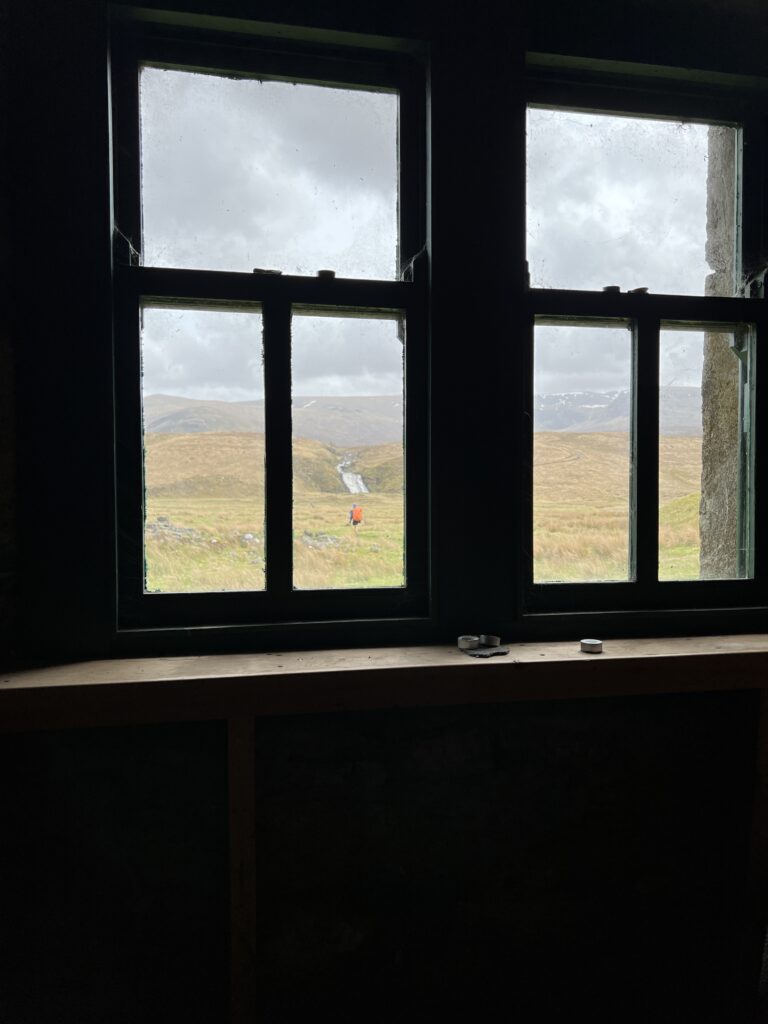
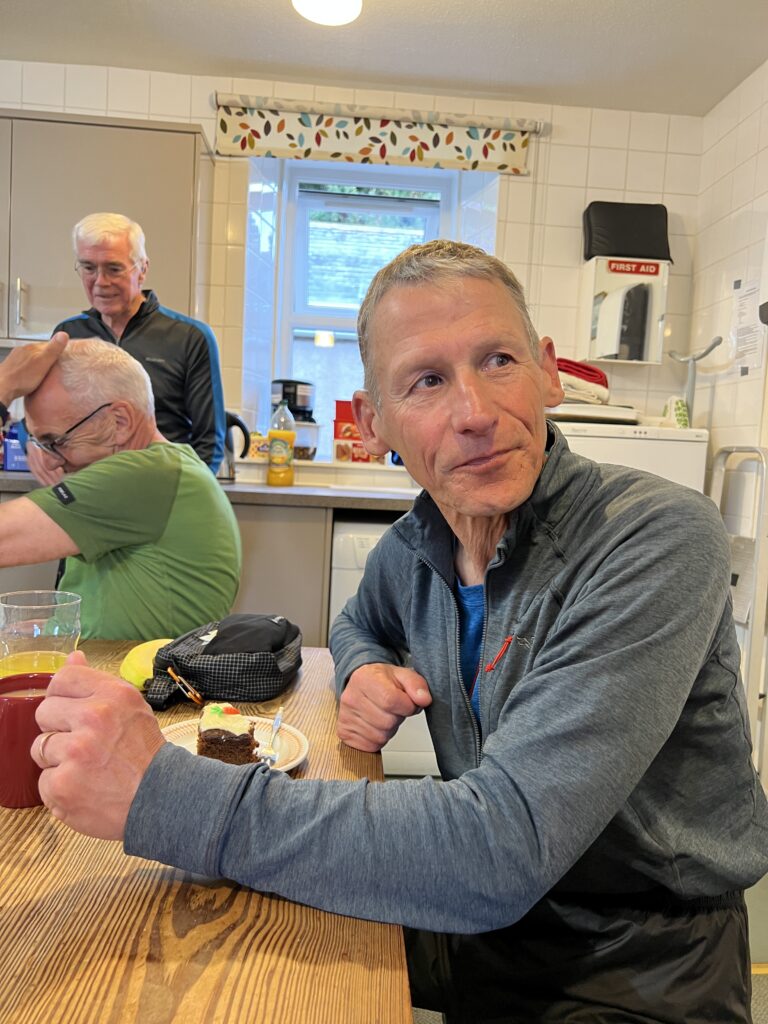
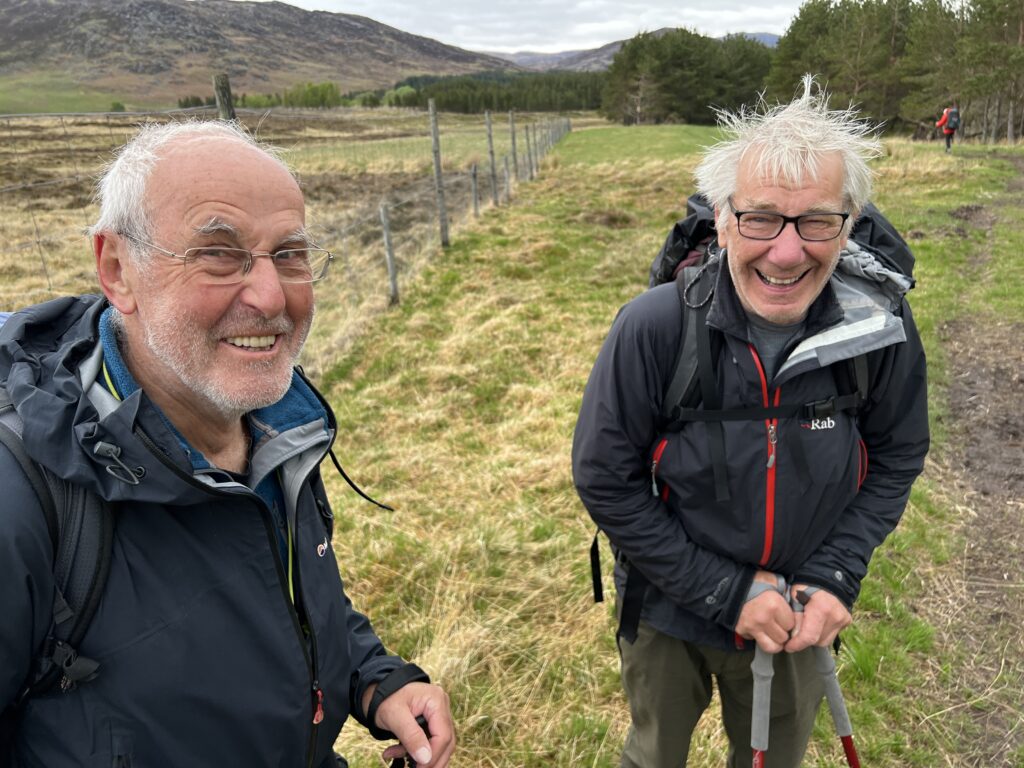
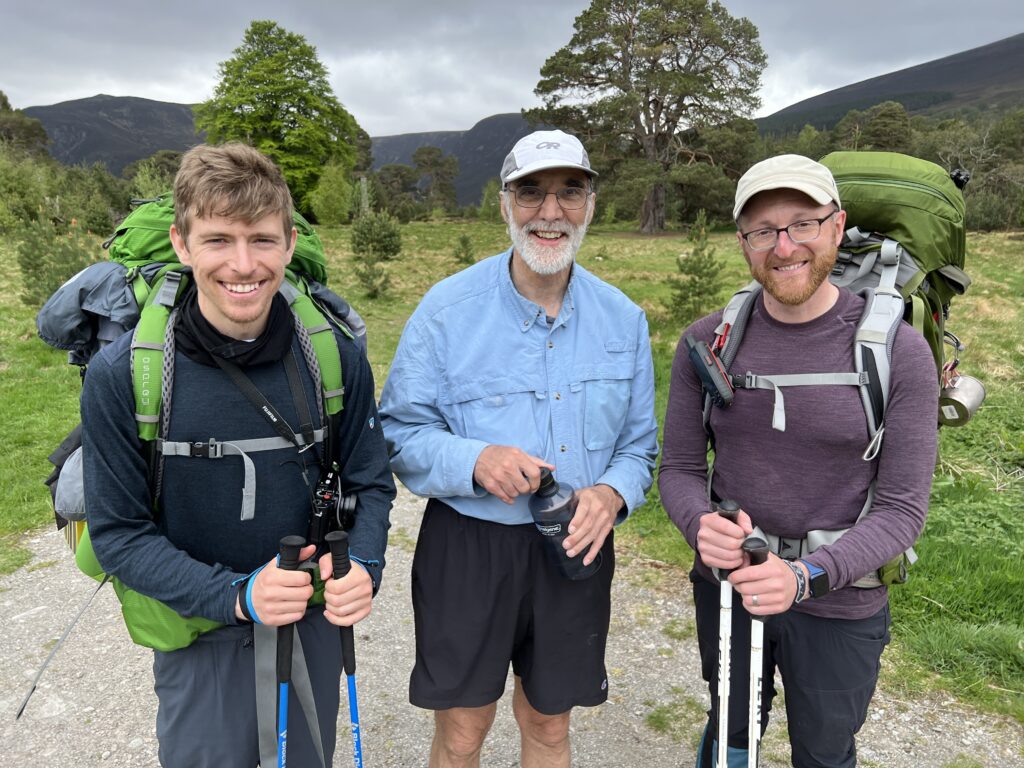
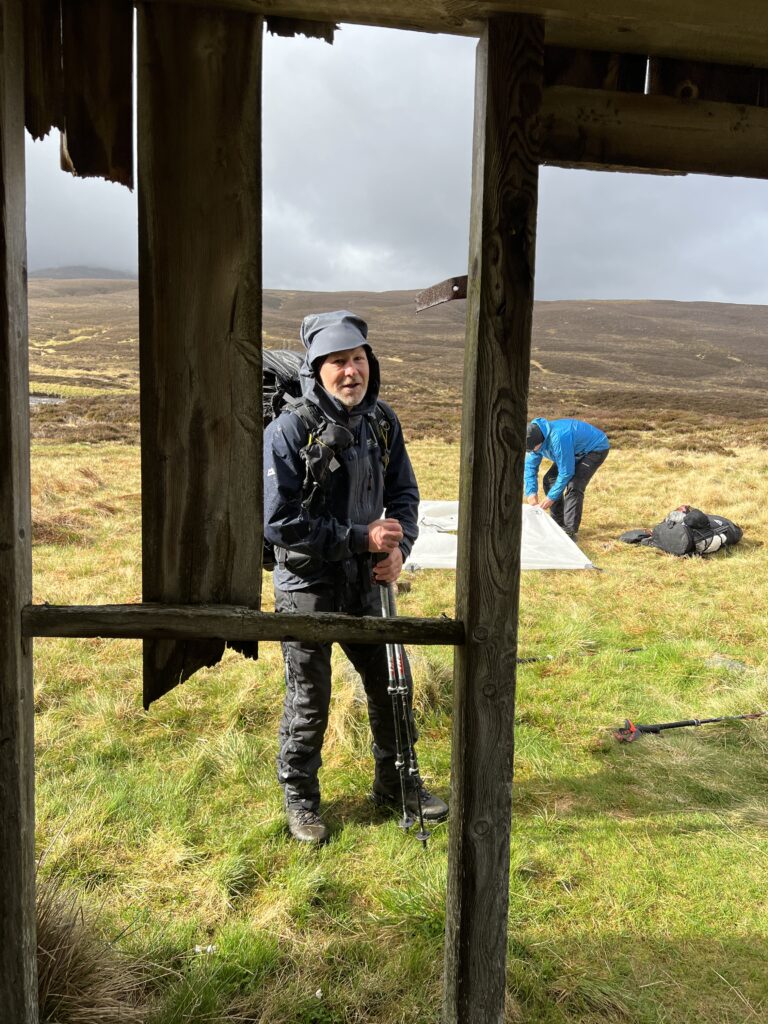

Recent Comments